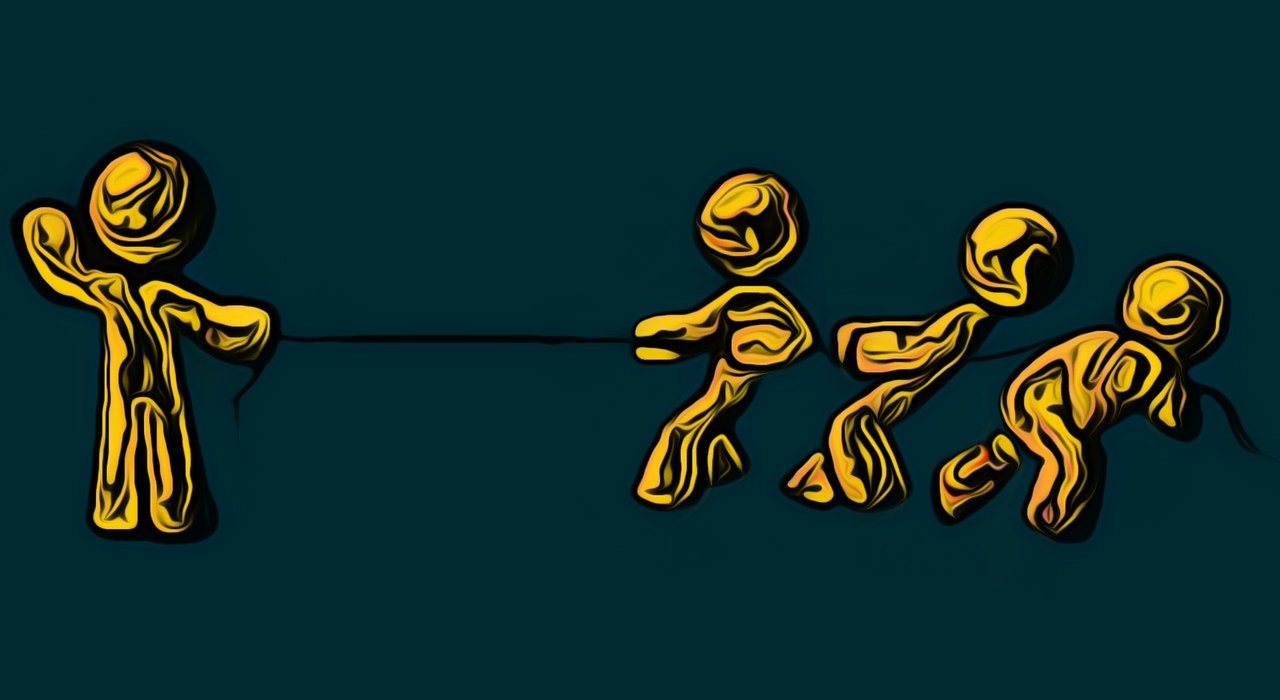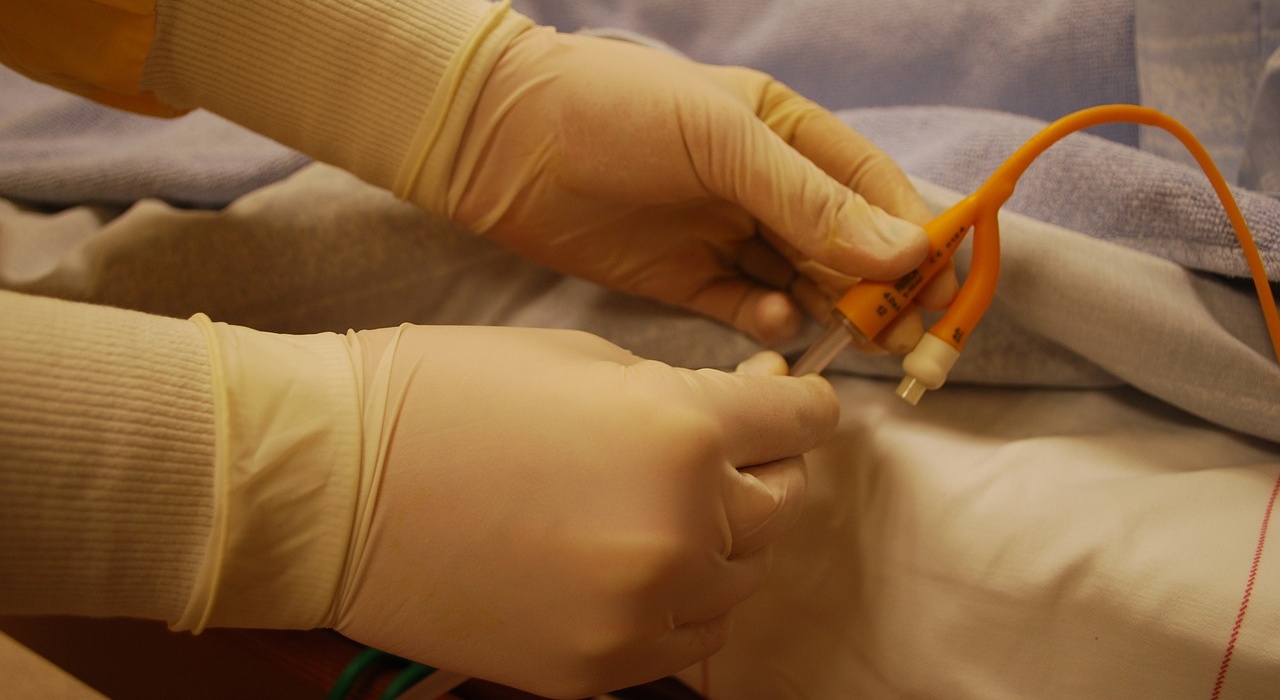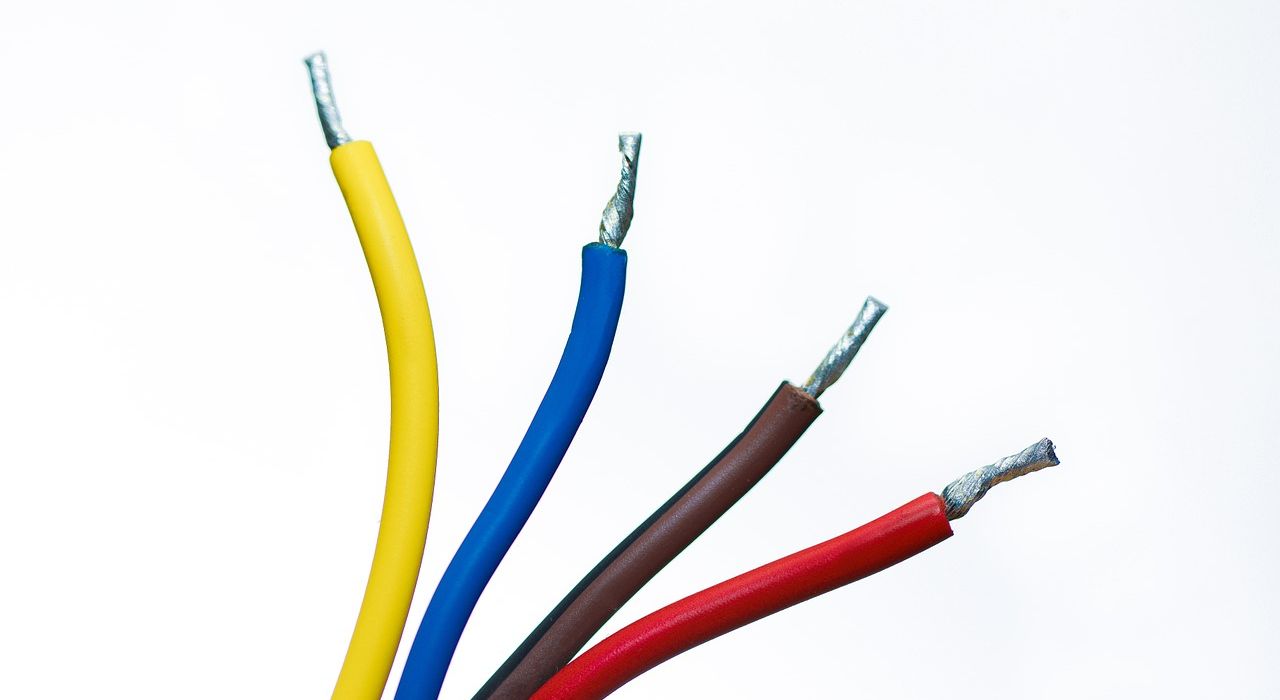Ex parte Deporter (Appeal 2021-003598) is a recent decision of the Patent Trial and Appeal Board (“Board”) where the Board considered whether a prior art reference taught away from Appellant’s claimed invention.
The claim at issue was directed to a composite structure of at least one spunbonded, nonwoven, polymeric layer and at least one meltblown, nonwoven, polymeric layer. The Examiner found that the primary reference, Moore, disclosed each element of the claim except that Moore did not teach “at least one of the spunbonded layers comprises inorganic particulate filler in an amount from about 12% by weight to about 16% by weight of the spunbonded layer.” The Examiner found that the secondary reference, McAmish, taught nonwoven fabrics of spunbonded polymeric fibers which contained fillers such as calcium carbonate particles in an amount of about 10-15 wt% and the associated advantages. The Examiner thus determined it would have been obvious to use from 10-15 wt% of filler in one of Moore’s spunbonded layers as motivated by the advantages described in McAmish.
Appellant argued that there would be no motivation to modify Moore’s structure using McAmish’s amount of filler because Moore taught away from using so much filler. In particular, as noted by Appellant, Moore disclosed that “[f]illers, plasticizers, and other additives, when used at levels above 3% by weight, and more certainly above 5% by weight of the aliphatic polyester, can have a significant negative effect on physical properties such as tensile strength of the nonwoven web. Above 10% by weight of the aliphatic polyester resin, these optional additives can have a dramatic negative effect on physical properties.”
However, Moore also disclosed that “total optional additives including any particulate phase other than antishrinkage additive, preferably are present at no more than 10% by weight, preferably no more than 5% by weight and, most preferably no more than 3% by weight.” Based on such disclosure, the Examiner contended that Moore “does not … expressly teach away from the combination [of Moore and McAmish]” because “Moore acknowledges fillers as high as 10%.”
The Board acknowledged that “[in] some circumstances, the use of the word ‘preferably’ in this context might militate against a finding of teaching away.” However, the Board found that Moore’s specific statement that using above 10% by weight “can have a dramatic negative effect on physical properties” was “direct and specific enough” to outweigh the possibility that “a person of skill in the art might see the word ‘preferably’ and consider using more than 10% of filler.”
Therefore, the Board agreed with Appellant that Moore taught away from using 12-16% by weight of an inorganic particulate filler in at least one of the spunbonded layers and reversed the Examiner’s obviousness rejection.
Takeaway: Teaching away from an applicant’s claimed invention is a strong indication that it would not have been obvious. Teaching away can be found in a situation where a reference criticizes, discredits, or otherwise discourages the route the applicant takes. However, it is also well-settled that the indication that a certain embodiment is a preferred embodiment is not a teaching away. Deporter is a case where the two situations coexist. It illustrates that “teaching away” is still an effective rebuttal argument for patentees, especially when a reference specifically and directly discourages the alleged modification.
Judges: B. A. Franklin, G. C. Best, and N. W. Wilson




